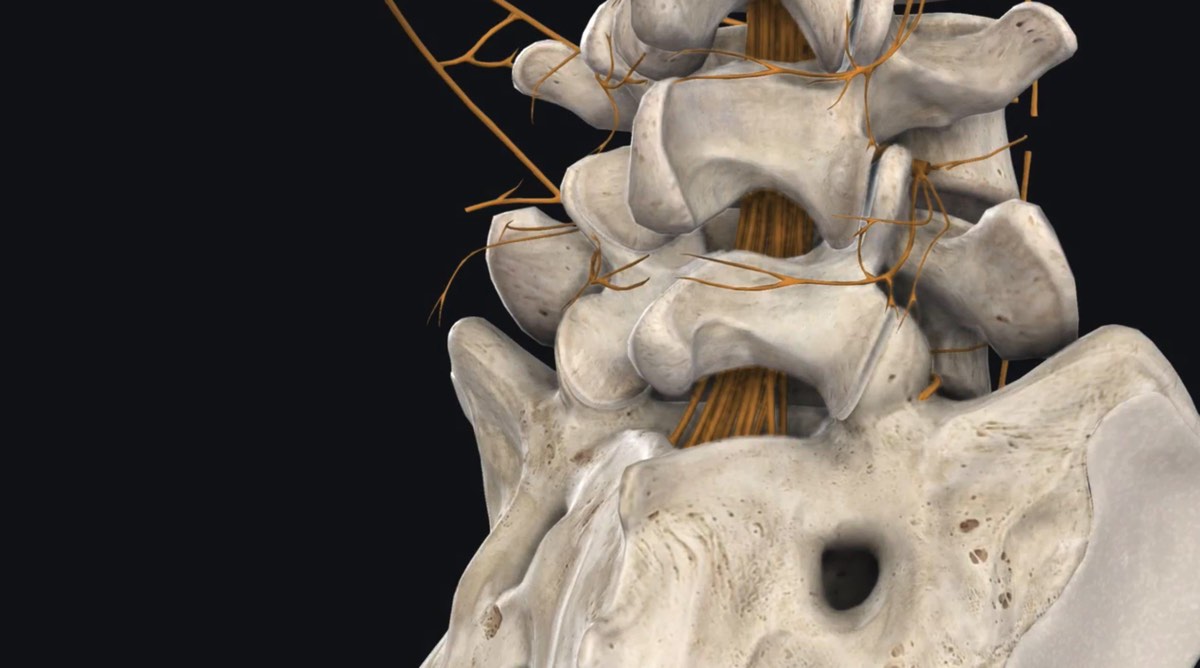High IV dose predicts ketamine side effects for children in ER
Reuters Health • The Doctor's Channel Daily Newscast
Both studies were conducted by Dr. Steven M. Green, from Loma Linda University Medical Center, California, and colleagues and featured a meta-analysis of data from 32 studies, which included 8282 children given ketamine for sedation in the ER.
Overall, 3.9% of children experienced an airway or respiratory adverse event, the results of the first study indicate.
A high IV dose of ketamine (initial dose of 2.5 mg/kg or more or a total dose of 5.0 mg/kg or more) increased the odds of such events by 2.18-fold. Other risk factors for airway or respiratory adverse events were age younger than 2 years (OR = 2.00), age 13 years or older (OR = 2.72), coadministration with an anticholinergic (OR = 1.82), and coadministration with a benzodiazepine (OR = 1.39).
In the second study, emesis, any recovery agitation, and clinically important agitation were seen in 8.4%, 7.6%, and 1.4% of children, respectively.
Risk factors for emesis included high IV dose (OR = 3.4), intramuscular route (OR = 2.4), omitting anticholinergic (OR = 1.4), omitting benzodiazepine (OR = 1.4), and increased age (OR = 1.2). For any recovery agitation, the risk factors were low IM dose (OR = 2.9), no oropharyngeal procedure (OR = 2.2), high IV dose (OR = 2.1), intramuscular route (OR = 1.4), increased total dose (OR = 1.2/quintile), and increasing age (OR = 1.2/year), with the peak at 12 years.
No important risk factors were identified for clinically important recovery agitation, the authors note.
In an accompanying editorial, Dr. Marc H. Gorelick, form the Medical College of Wisconsin, Milwaukee, warns about drawing definitive conclusions from observational studies such as these.
Although this research “provides important information to further our understanding of the optimal approach to pediatric procedural sedation,” he emphasizes, “practice guidelines or other recommendations based solely on what is presented here would be premature.”
Lastly, in a related article, Dr. Green and Dr. Charles J. Cote, from Harvard Medical School, Boston, discuss animal research that has suggested neurotoxicity with ketamine use.
They conclude, however, that “although it is beyond dispute that ketamine can induce neuronal death in rodents and other animals, there is thus far no evidence that such an effect occurs in humans.”
Reference:
Ann Emerg Med 2009;54:158-168,169-170,171-180,181-190.









